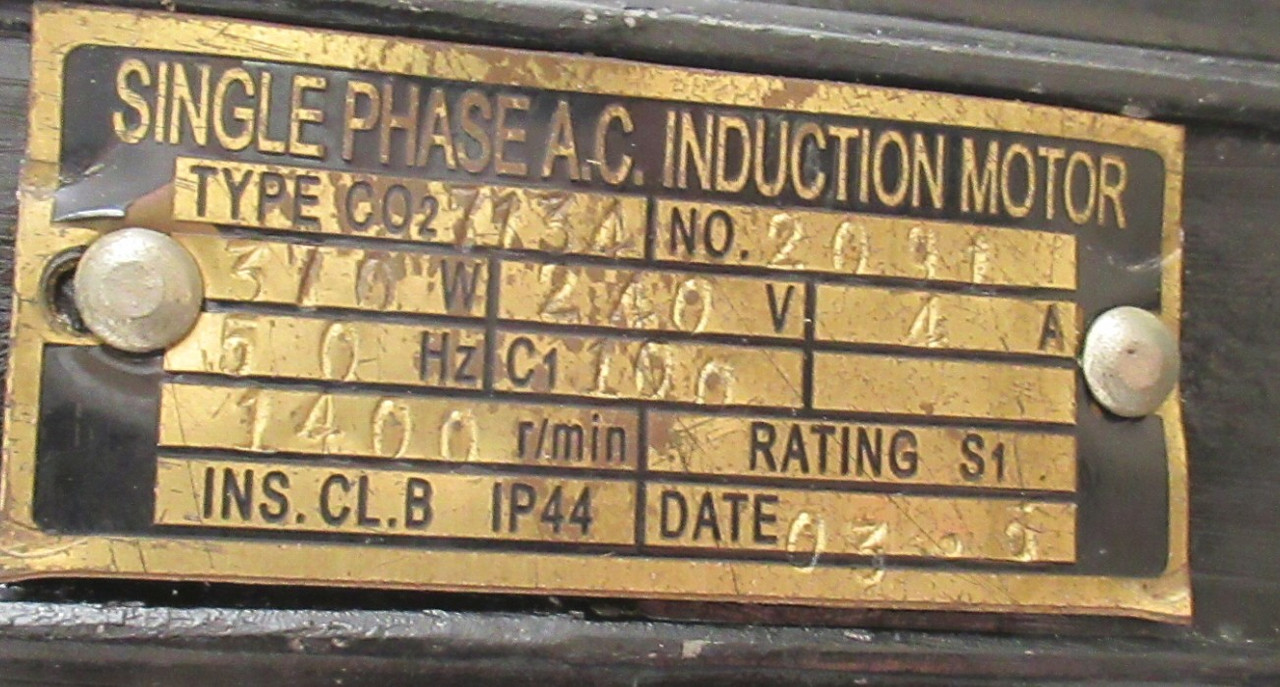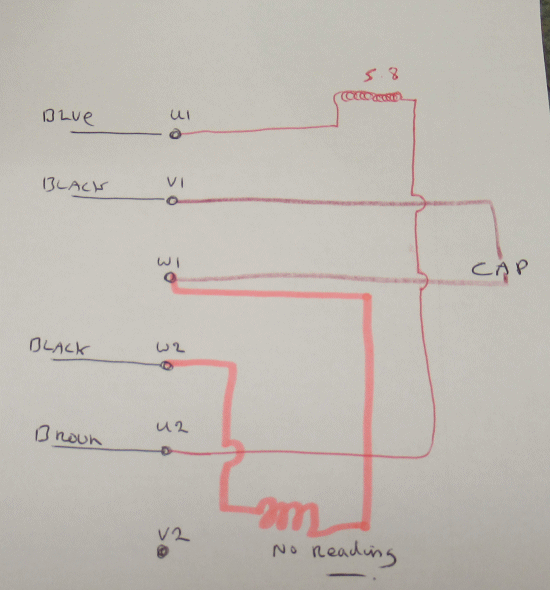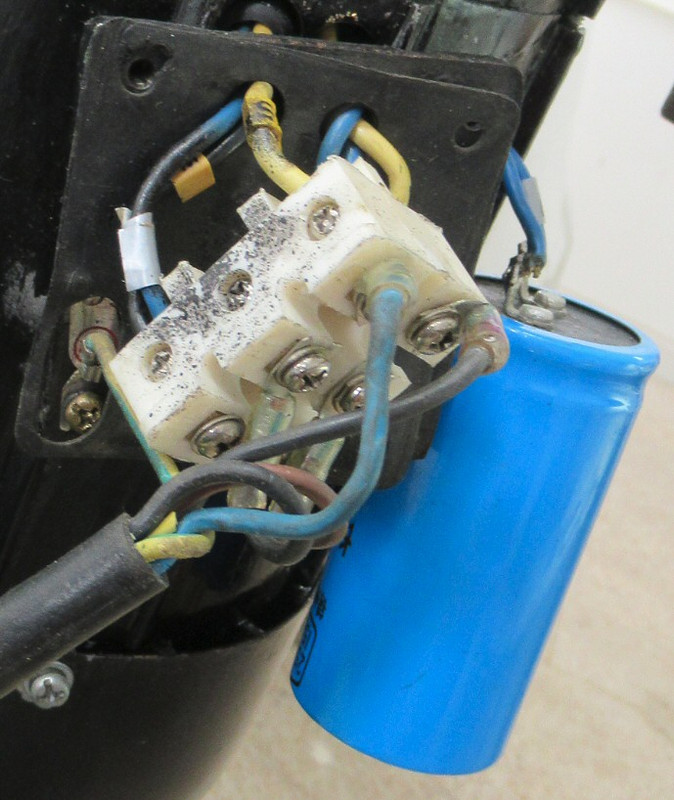- Joined
- 17 Aug 2010
- Messages
- 2,759
- Reaction score
- 573
- Country

I have a single phase induction motor, that wont run in one direction, it blows the fuse everytime, it works fine in the other direction
would switching the wires to the capacitor over help, the switch is back to front (it runs backwards when in forward, then when in Reverse it tries to forwould but trips the fuse) , but it is still only the anticlockwise direction it will run.
I don't understand how it could burn out for one direction? surely its working exactly the same after the capacitor has chosen the direction ?
edited to try and make it sound sense
would switching the wires to the capacitor over help, the switch is back to front (it runs backwards when in forward, then when in Reverse it tries to forwould but trips the fuse) , but it is still only the anticlockwise direction it will run.
I don't understand how it could burn out for one direction? surely its working exactly the same after the capacitor has chosen the direction ?
edited to try and make it sound sense
Last edited:




